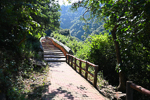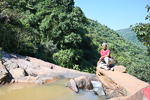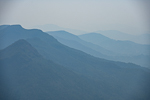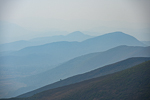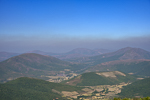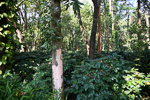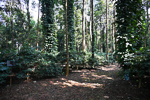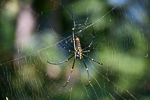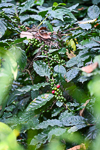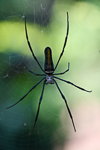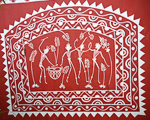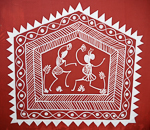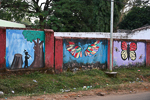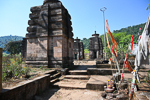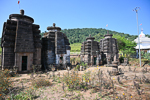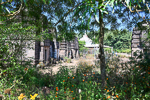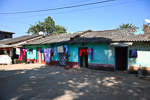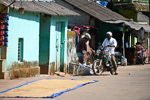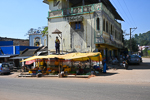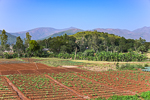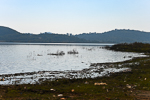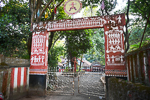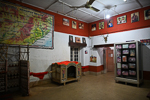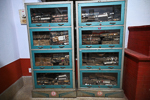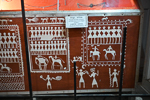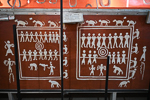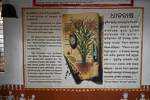Koraput, Odisha, India (Nov 2022)
Well into modern times, Koraput, an Adivasi-majority district in the Eastern Ghats, was mostly forested land. Since then, deforestation, farming, industry, and urbanization have transformed not only the region but also the Adivasis. Most Adivasis now seem not too different, at least in their visual material aspects, from other Indians of a similar economic station. Though they haven't been isolated for millennia—and their genetics lie within a continuum of ANI and ASI admixture—Adivasi socio-cultural worlds have long been quite distinct from Brahminical Hinduism. However, over the centuries, and accelerating during the British colonial and post-colonial era, much Brahminical homegenization and cultural appropriation has occurred too, enough to shoehorn Adivasis into the "Hindu" fold in recent decades—a notable example of internal colonization—and pushing Adivasi gods, customs, and rituals to evolve in new directions. However, many Adivasis are also organizing to reclaim a distinct space / classification for what they call the Sarna dharma (a collective term for their nature-centric belief systems), as opposed to Sanatan dharma.
Koraput is now a coffee-growing region with plantations open to visitors. A tribal museum, despite several interesting artifacts, is crying out for funds and expert curation. The countryside is lovely, scenic, and adorned with watery vistas, many part of the meandering lake formed by Kolab Dam. A nice way to see this is from the new Vistadome compartments on select trains through Koraput. Day trips include Rani Duduma waterfall and Deomali, Odisha's highest peak. The latter however presents distressing visual evidence of the pall of polluted air that now hangs over Odisha for much of the year except the monsoon season (we also measured AQI across the state with a monitor, stubbornly recording 100–150 for PM 2.5, even on the coast and in the hinterland).
Walkway to Rani Duduma |
Rani Duduma waterfall |
Two of its multiple tiers |
Visitor (more) |
Deomali, highest peak in |
The hills beyond, on a |
Shades of blue hills, a |
|
State coffee plantation |
Grown under the shade of |
Arabica and other beans |
Spider at coffee plantation |
Ripening beans |
Spider at coffee plantation |
Spider and web (more) |
Upcycling with water can |
Koraput Coffee, |
Wall art at the coffee shop |
Wall art at the coffee shop |
Wall art at the coffee shop |
Koraput street art (more) |
Date from 4th cent. CE |
In Subai village |
|
Batrish Singhasan, |
Village homes in |
Village scene in |
Ambedkar at the |
Village enveloped by a |
Farmers at work |
Fragment of the reservoir |
Fragment of the reservoir |
Tribal Museum, Koraput |
|||
Main entrance |
First room |
Musty files / manuscripts |
Art & ornaments |
"Paining for the worship |
"Painting for the worship |
"Painting at the time |
|
"Drawn at the time of |
Weapons of war and |
Dozens of varieties of |
Paddy cultivation in the |
Designed in collaboration with Vitalect, Inc. All rights reserved. |









